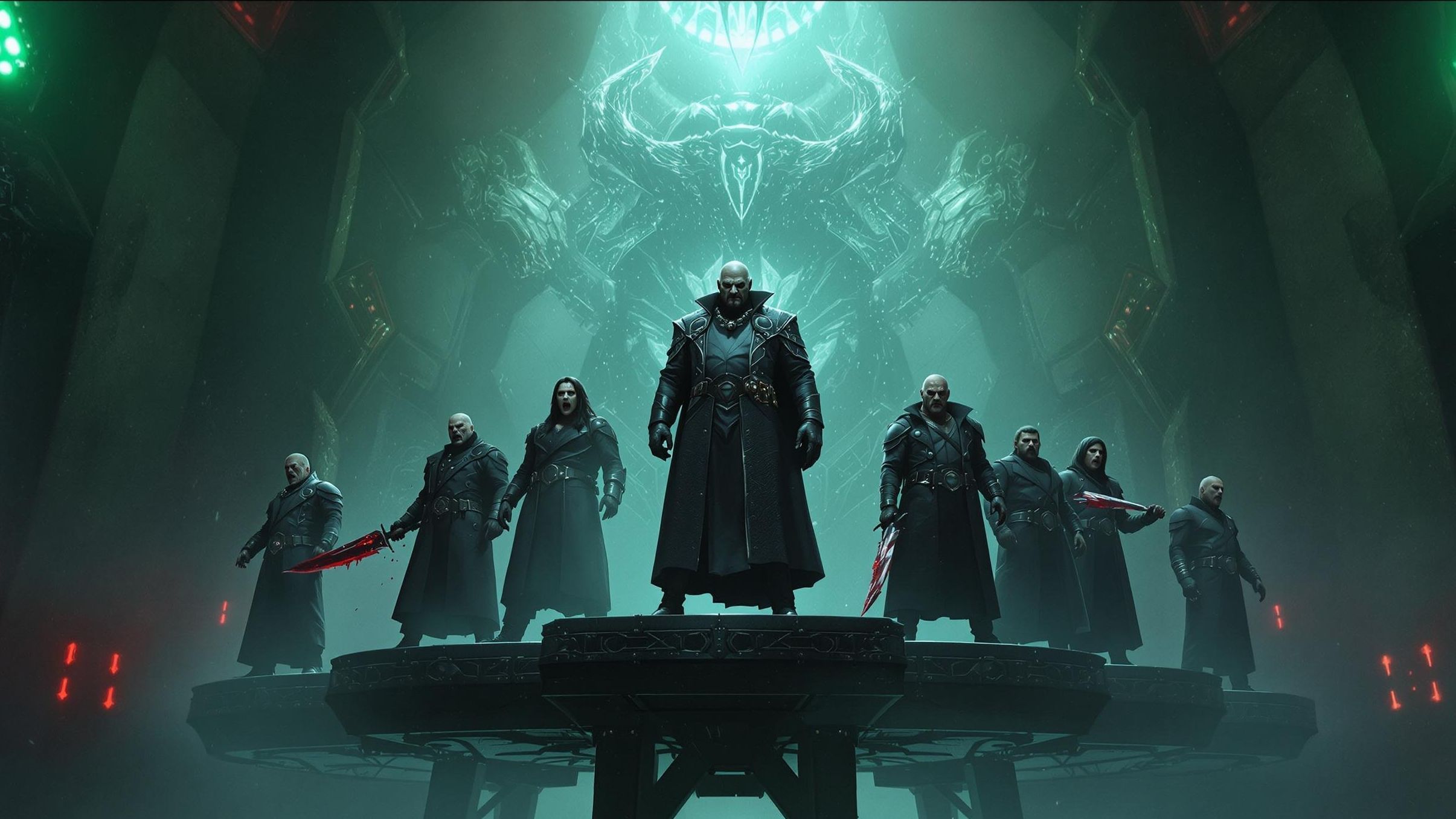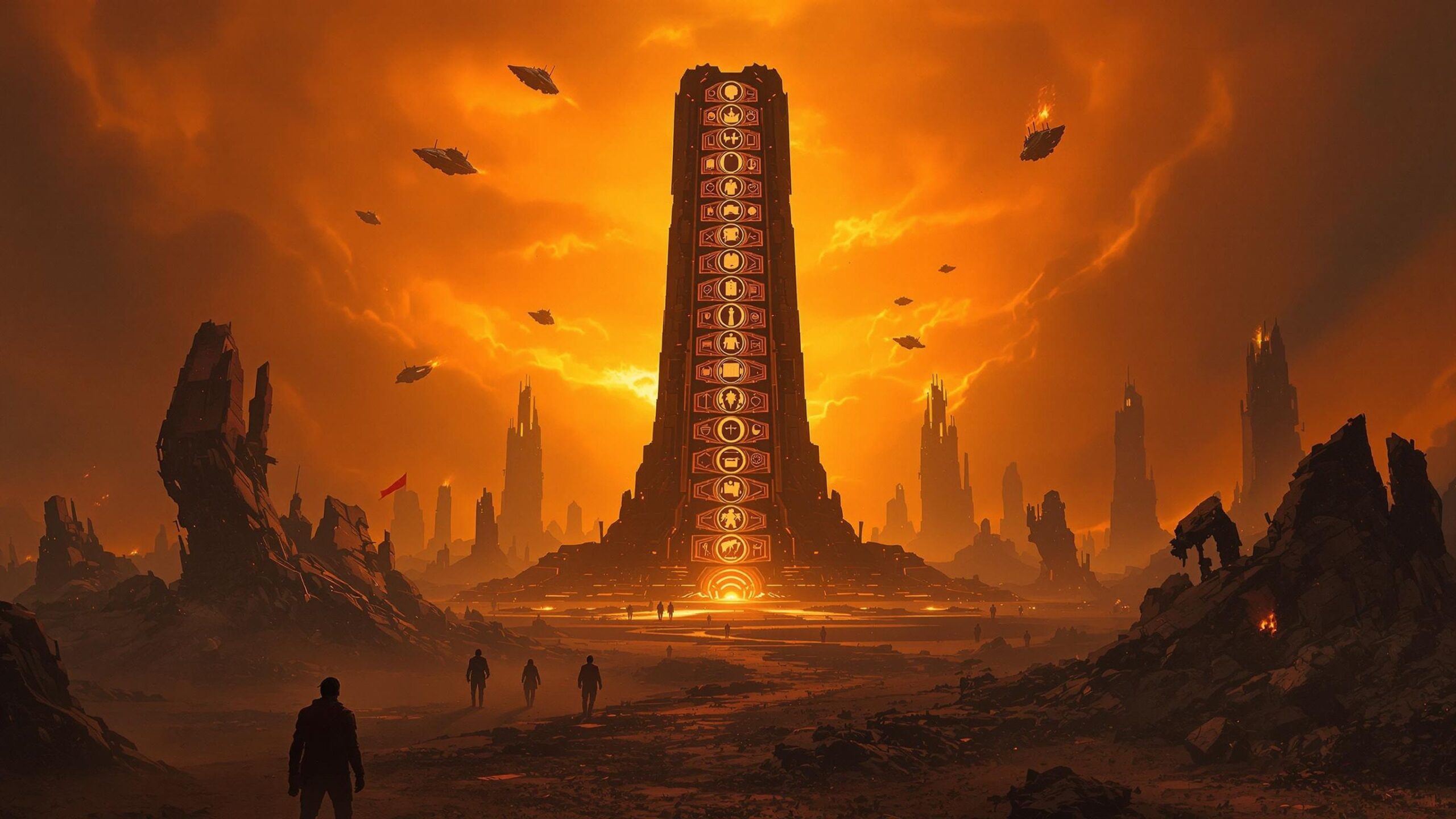In Dune, visions are more than dreams—they are warnings, revelations, and the terrifying burden of prescience. Through Paul Atreides and others who tap into the spice-enhanced awareness of time, we glimpse futures shaped by religion, war, extinction, and transformation. These visions don’t just foreshadow events—they haunt the characters, guiding and tormenting them as they try to change, fulfill, or escape what they’ve seen. Here are the ten most haunting visions in Dune that echo through time and leave an unforgettable mark on readers and characters alike.
#10: Paul’s first vision of Chani
In Dune, one of the earliest and most emotionally resonant visions Paul experiences is of a girl standing in the desert—Chani. Unlike other glimpses of war and doom, this vision is softer, intimate, and deeply personal. What makes it haunting is its tranquility amidst the chaos of his other prescient dreams. Paul sees her before ever meeting her, already aware of their connection, their love, and her role in his destiny. Yet, even in this beautiful moment, there is foreboding. He senses not only love, but loss. The haunting part isn’t just the prophetic romance—it’s knowing how it ends before it begins.
#9: The burning universe
As Paul’s powers grow on Arrakis, he begins to see increasingly vivid visions of a galaxy consumed by war in his name. Entire planets burn. Cities fall to religious fervor. His Fremen armies march under his banner, spreading destruction in a wave of holy war. The horror of these visions isn’t only their imagery—it’s that Paul can’t stop them. They’re not possibilities; they’re probabilities tightening around his every choice. The helplessness he feels in the face of destiny, knowing his name will ignite interstellar genocide, is what makes this vision stick with readers long after the page.
#8: Visions of Leto II’s transformation
In later books, especially in Children of Dune, Paul and others begin to glimpse what Leto II will become—a fusion of human and sandworm that reigns for millennia. Paul sees his son’s destiny, not with pride, but with dread. The vision of Leto’s grotesque, hybrid body and godlike tyranny haunts Paul’s conscience as a father and a prophet. It’s a vision not of a hopeful future, but of one filled with sacrifice, isolation, and an empire so rigid it nearly breaks reality. Leto’s future is necessary, but deeply unnatural—and deeply haunting.
#7: Jessica’s vision during the spice agony
When Jessica undergoes the spice agony to become Reverend Mother among the Fremen, she experiences ancestral memories and visions so intense they nearly break her. She sees not only the past, but the pain of every woman who came before her. She feels ancient fear, betrayal, childbirth, and death as if it were her own. What makes this vision terrifying is its permanence—Jessica will carry these voices, memories, and traumas forever. The agony is not just physical, but psychological—a permanent bond to the sorrow of countless lives.
#6: Paul’s vision of his own death
Though Paul avoids physical death throughout much of Dune, he continually sees flashes of his own demise—some metaphorical, some literal. He envisions himself dying as the person he was: the son of Leto, the human behind Muad’Dib. The path he must walk requires the death of Paul Atreides, even if his body survives. These self-deaths haunt him as he rises in power. Later, in Dune Messiah, he has visions of his literal end—wandering blind into the desert, surrendering himself to the Fremen death ritual. The death he sees is not violent—but chosen, inevitable, and deeply spiritual.
#5: The vision of Alia’s future possession
Paul is not the only one plagued by prescient horror. Even before Alia is born, Paul’s visions reveal a disturbing fate: that she, awakened in the womb with full consciousness, will one day be consumed by an ancestral memory. The figure that eventually claims her. Baron Harkonnen himself. Paul sees hints of this early on—the duality in her, the darkness coiling inside her soul. The idea that your beloved sister might be overtaken by the mind of your most hated enemy is the kind of vision that drives fear into the heart of a prophet. And Paul, helpless to stop it, watches the seeds of it unfold.
#4: The jihad’s unending march
Of all Paul’s visions, the most reoccurring and chilling is that of the jihad. The Fremen legions, inspired by his image, tear through the galaxy with fanatical zeal. Paul sees planets drowning in blood, holy wars spanning generations, and his name becoming a weapon of tyranny. Even after claiming the throne, these visions never leave him. They stalk his sleep, pull at his conscience, and ultimately push him toward abandoning his empire. The horror is not only in the scale of death—but in the fact that it happens in his name. This vision haunts not only Paul but the entire universe.
#3: The vision of the Golden Path
The Golden Path is a haunting concept that evolves over the series, but its roots are in Paul’s early visions. He glimpses a future in which humanity is wiped out—either by its stagnation, dependency on prescience, or by external threats. The Golden Path is the solution, but it is paved with tyranny, sacrifice, and the loss of self. Paul sees what must happen to save the species but also sees that he cannot take that path—it must be Leto II. Knowing the correct path and being unable to walk it haunts Paul more deeply than any other vision. It’s a burden without relief.
#2: Seeing the collapse of identity
Paul’s visions often show him becoming something else—not just a ruler or messiah, but a symbol, devoid of self. He envisions a version of himself stripped of will, acting out fate like a puppet. This existential horror—of losing the boundary between man and myth—is what separates Paul from typical fantasy heroes. He sees himself trapped in destiny so powerful it erodes his mind. These identity-collapsing visions show that being the Kwisatz Haderach isn’t a gift—it’s a prison wrapped in worship. It’s the haunting realization that the more he becomes what people need, the less of Paul survives.
#1: His final vision—walking into the desert
The ultimate vision Paul both fears and embraces is his own final act in Dune Messiah. Blind and broken, Paul foresees himself walking into the desert to die, fulfilling Fremen custom. It is a vision of peace, but also of loss—stepping away from empire, family, and destiny. What makes it the most haunting is that Paul chooses it. Unlike his many attempts to alter fate, this is the one vision he accepts. And in doing so, he lets go of power, identity, and control. It is the end of Muad’Dib—and the last act of Paul Atreides. Quiet, profound, and devastating.
Visions in Dune are never just glimpses of the future—they are trials of the soul. They challenge identity, morality, and purpose. Whether seen by Paul, Jessica, Alia, or Leto, these prophetic moments echo with the weight of fate. They shape every choice, every death, and every revolution in the saga. These ten haunting visions aren’t just plot devices—they are the very heartbeat of Dune, pulsing with fear, clarity, and awe.




